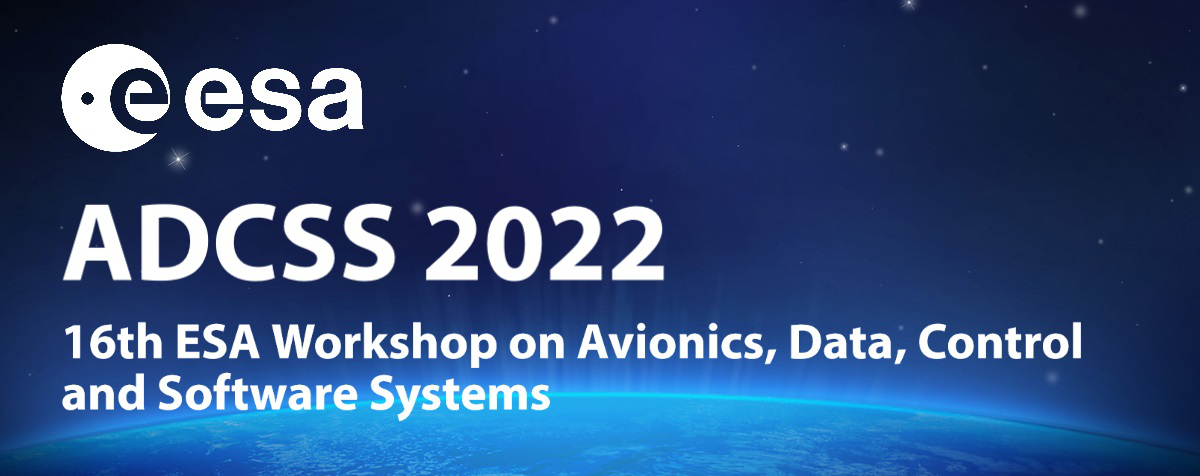Speaker
Description
New generations of spacecrafts are required to perform tasks with an increased level of autonomy. Space exploration, Earth Observation, space robotics, etc. are all growing fields in Space that require more sensors and more computational power to perform these missions. Furthermore, new sensors in the market produce better quality data at higher rates while new processors can increase substantially the computational power. Therefore, near-future spacecrafts will be equipped with large number of sensors that will produce data at rates that has not been seen before in space, while at the same time, data processing power will be significantly increased.
Use cases like guidance navigation and control applications, vision-based navigation has become increasingly important in a variety of space applications for enhancing autonomy and dependability. Future missions such as Active Debris Removal will rely on novel high-performance avionics to support image processing and Artificial Intelligence algorithms with large workloads. Similar requirements come from Earth Observation applications, where data processing on-board can be critical in order to provide real-time reliable information to Earth.
This new scenario of advanced Space applications and increase in data amount and processing power, has brought new challenges with it: low determinism, excessive power needs, data losses and large response latency.
In this talk, a novel approach to on-board data processing and artificial intelligence (AI) is presented that is based on state-of-the-art academic research of the well-known technique of algorithm pipelining. This technique has seen a resurgence in the high-performance computing work due its low power use and high throughput capabilities. The approach presented here provides a very sophisticated threading model combination of pipeline and parallelization techniques applied to heuristic algorithms (e.g., encryption) and deep neural networks (DNN), making these type of AI applications much more efficient and reliable. Klepsydra software has been validated in an ESA activity with several algorithms and two different onboard computer architectures. The results show that the data processing rate and power saving of the applications increase substantially with respect to standard solutions.

